In my opinion, if there ever was a society or group of people who had and showed a true love of the land; hands down my first choice would be Native American Indians,my people.
Living off of the land and taking only what they needed, Native American Indians have always been known for their ingenuity and due to their ingenuity, Native American Indians found a bevy of uses for the wild flowers indigenous and non-indigenous to their regions.Take for instance the plant life. Native American Indians used a bevy of the flora of North America for a variety of purposes.
Listed below are twenty such flowers (plus one) and what they were used for:
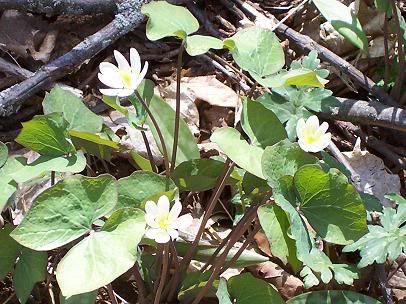
1. Twinleaf (Jeffersonia Diphylla) - a member of the barberry family; the roots of this now too rare to harvest plant was once used by Native Americans in tea form. The tea was used to treat spasms, cramps, kidney stones, and urinary tract infections. In addition, it was applied externally for rheumatism, ulcers, and sores.
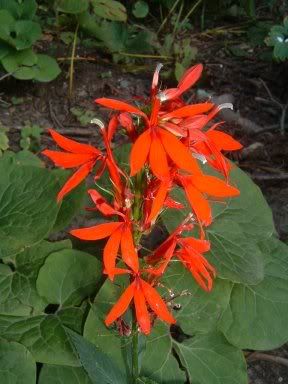
2. Cardinal Flower (Lobelia Cardinalis) - a member of the bell-flower family; the roots of this bright red flower were stewed into a tea, which was used for stomach-aches and typhoid. While the leaves were stewed into a tea used for headaches, colds and rheumatism. However, this flower is considered potentially poisonous.

3. Purple Trillium or Stinking Benjamin (Trillium Erectum) - a member of the lily family; the root of this attractive yet unpleasant smelling flower (hence its alternate name Stinking Benjamin) was once used medicinally by Native American Indians as an aid during childbirth, and to treat the problems that occurred during menopause.

4. Indian Pink or Pink Root (Spigelia Marilandica) - a member of the logania family; both early physicians and Native American Indians used the plant to treat worms - especially in young children. However, in some cases unpleasant and serious side effects can occur.

5. Canada Lily/Wild Yellow Lily/Field Lily (Lilium Canadense) - a member of the lily family; the roots of this plant were traditionally made into a tea to treat stomach problems, rheumatism, and dysentery. In addition, a poultice of the roots were applied to snakebites.
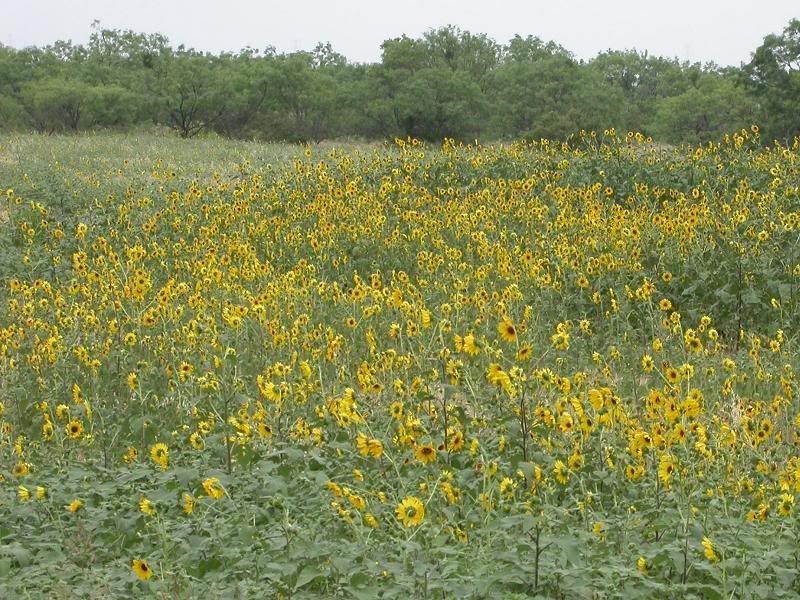
6. Common Sunflower (Helianthus Annuus) - a member of the aster family; this bright yellow flower was used in a variety of ways. Native American Indians obtained a dull blue dye from the seeds and a yellow dye from the flower heads for use in their traditional weaving and basketwork. In addition, they ground the seeds to make bread flour and used the oil to dress their hair.

7. Yellow Skunk Cabbage (Lysichiton Americanus) - a member of the arum family; the underground stem of this smelly plant [its smell resembles the odor of a skunk] was baked and used to supplement the winter diet of the Native American Indians.
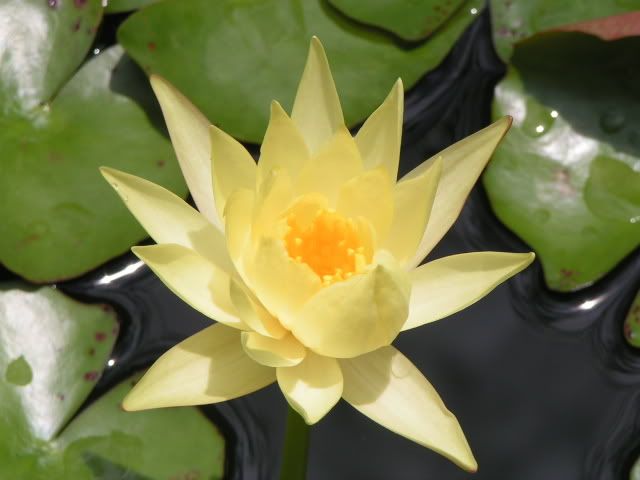
8. Yellow Pond Lily/Indian Pond Lily/Spatterdock (Nuphar Lutea) - a member of the water-lily family; Native American Indians made a tea from the roots of this aquatic plant to treat ailments such as blood diseases, chills with fever, heart trouble, and poultices for boils, wounds, and swellings.

9. Common Buttercup (Ranunculus Acris) - a member of the buttercup family; the roots of this shiny, bright, yellow flower was once made into poultices for boils and abscesses. The irritant effect of the sap was used to burn the boils and abscesses off.

10. Black-Eyed Susan (Rudbeckia Hirta) - a member of the aster family; the roots of these daisy-like flowers were used to make medicinal teas to treat colds and worms, and as a wash for snakebites and sores. Even the juice from the root was used to treat earaches.

11. Water Plantation (Alisma Plantago-Aquatica) - a member of the water plantain; the roots of this aquatic plant were used by Native American Indians to make poultices to apply to swellings, wounds, and bruises. Here's an interesting side-note: scientific experiments show that this plant may lower blood pressure and reduce glucose levels.
![Anafalis perłowy (Anaphalis margaritacea) / Warszawa; Ogród Botaniczny Uniwersytetu Warszawskiego [lipiec 2006] Pictures, Images and Photos](http://i36.photobucket.com/albums/e13/Skomor/Rosliny%20i%20im%20podobne/Okrytonasienne/Dwuliscienne/Anafalis_perlowy.jpg)
12. Pearly Everlasting (Anaphalis Margaritacea) - a member of the aster family; this perennial plant with a thick, white, woolly stem, has been used to make medicinal teas to cure coughs, colds, and throat infections. Poultices for burns, bruising, and sores were also concocted from it.
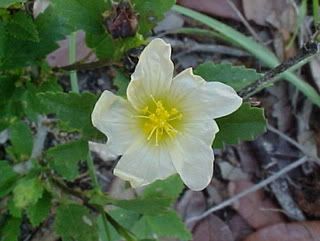
13. Indian Hemp (Apocynum Cannabinum) - a member of the dog-bane family; Native American Indians used the berries of this plant to make a weak tea for those suffering from heart problems, and the stem fibers to make cords and cloth.

14. Wild Sarsaparilla (Aralia Nudicaulis) - a member of the ginseng family; this leafy plant was made into a pleasant-flavored drink, used as a tonic, and a poultice was concocted from the roots to relieve burns, boils, and sore, and reduce swelling and cure infection.
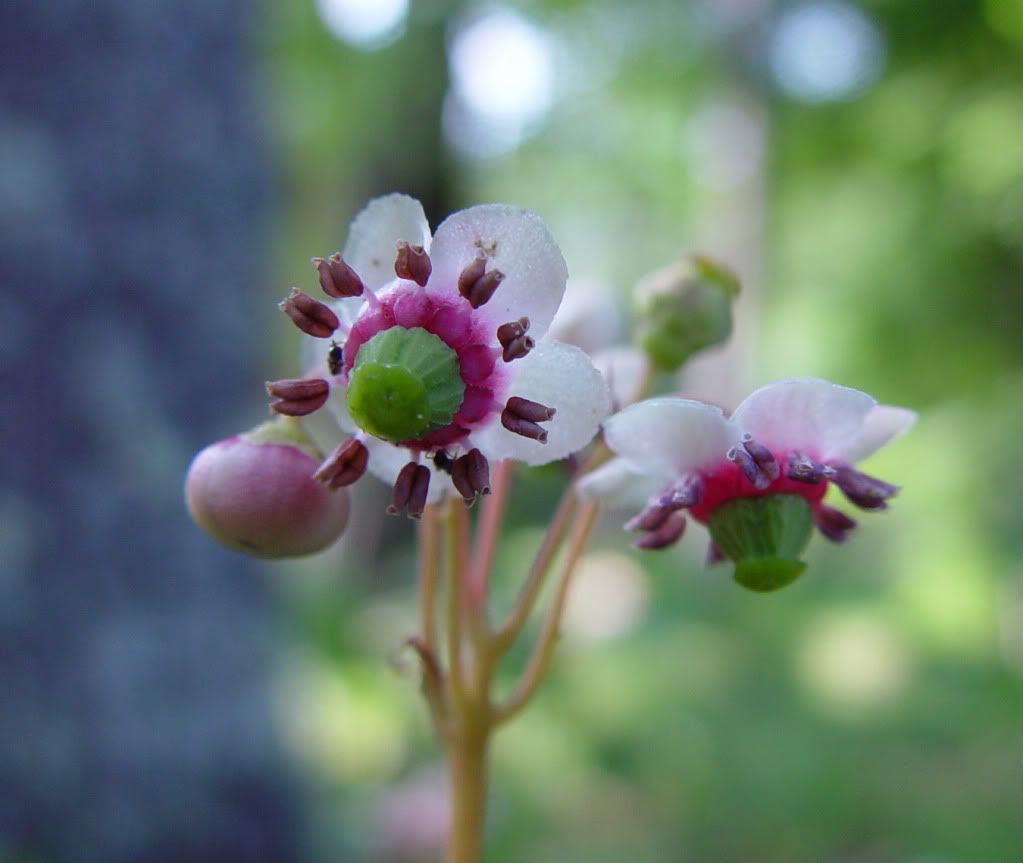
15. Pipsissewa (Chimaphila Umbellata) - a member of the wintergreen family; the leaves of this small plant was used by Native American Indians to make a tea to treat kidney and bladder problems, backache, and as an astringent.

16. Wild Lupine (Lupinus Perennis) - a member of the pea family; Native American Indians used the leaves of this plant to make a tea to treat nausea and internal hemorrhaging.
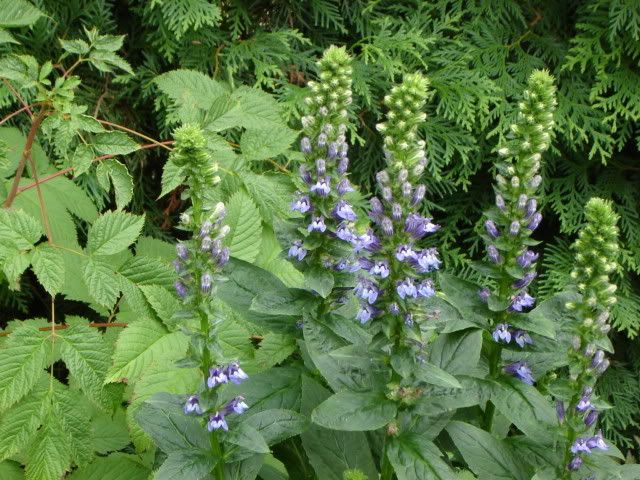
17. Great Lobelia or Blue Cardinal Flower (Lobelia Siphilitica) - a member of the bell-flower family; the roots of this potentially poisonous flower were used to make a tea to treat syphilis and for fevers, colds, and stomach problems.

18. Wild Bergamot (Monarda Fistulosa) - a member of the mint family; the aromatic leaves of this perennial was made into a tea to treat colic and flatulence.
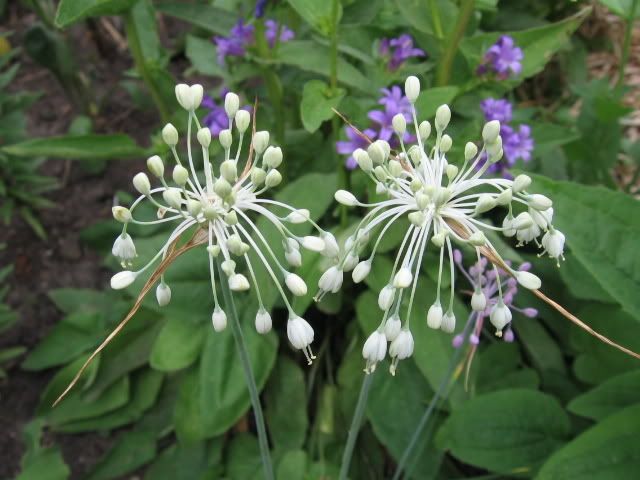
19. Nodding Oninon (Allium Cernuum) - a member of the lily family; this unique looking plant was used by Cherokee Indians to treat colic, colds, and croup. In addition, a poultice of the entire plant was applied to the chest for respiratory ailments.
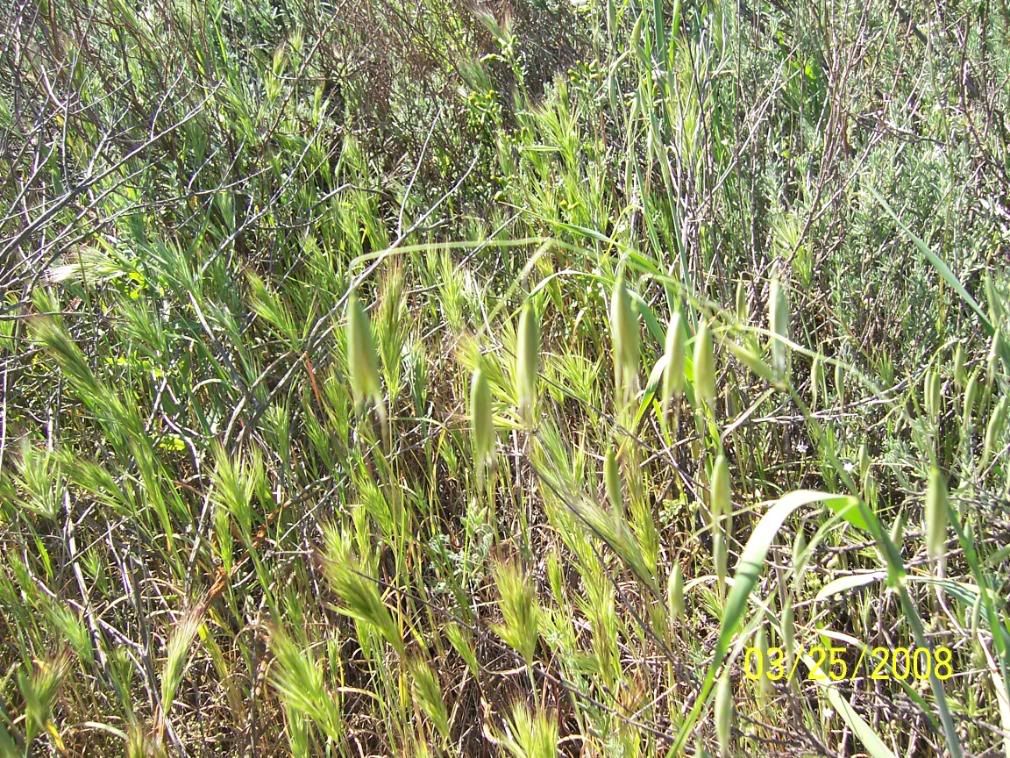
20. Sessile Bellwort or Wild Oats (Uvularia Sessilifolia) - a member of the lily family; Native American Indians used the root of this plant to make a medicinal tea that was used to help broken bones heal, and to purify the blood.

21. Broadleaf Cattail/Common Cattail (Typha Latifolia) - a member of cattail family; Native American Indians used the roots of these plants to make poultices for burns, sores, and wounds. In addition, the fuzz from the female flower-head was used to stop chafing in babies.
No matter how beautiful; wildflowers today are often thought of just that - pretty flowers, nothing more.
True, individuals decorate with them; adorn their homes with them; or possess a garden full of them.
Nevertheless, it was Native American Indians and other early settlers who truly knew the versatility and importance of these often under-appreciated, trampled under-a-foot specimens of nature.
* What This Lesson Of Conservation Teaches Us.
Much like the history of a people, earth's natural resources posses a history of their own as well.
It stands to reason then, if these wonderful and useful plants held such rich meanings and uses back then, imagine what they can tell us, show us, and do for us now.
With this said, using the history lessons of Native American Indians and their methods of conserving, imagine what perfect conservation will do for us today.Imagine the immense benefits we can achieve by going back to the simpler things of life; carefully using the bounty this earth has to offer; and living a wiser, waste-free lifestyle.




3 comments:
Good Morning Beloved...
I don't know how we do this...this coming together on a daily basis, of information given to us! I'm sitting here laughing but scratching my head at the same time...
Very early on this morning I was looking up the sawtooth sunflower...and lo and behold I then started researching Illinios and Wisconsin native wildflower and grasses...I got interupted but then I came here and lo and behold my Sistah's beautiful self posts more for me to learn, lol!
I love the fact these Wylde Earthy Mother Nuggets, like nuggets of gold are here for our use if we can study them in depthly and learn how to apply them. I am becoming more aware now and hope to one day be able to identify many of them? Keep on sharing with us DancingFire as we surely need to know this for our immediate future!
Blessing You for All You Bring to the Harvesting Tables!!!
I love you Sister of my Soul!
xoxoxo
Funny because I was doing a blog on my wild site about wild edible plants of Wisconsin and I got booted off. I just went in and posted and then came here and lo and behold! Love you so!
Post a Comment